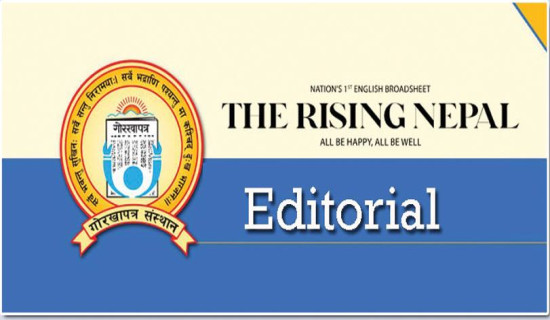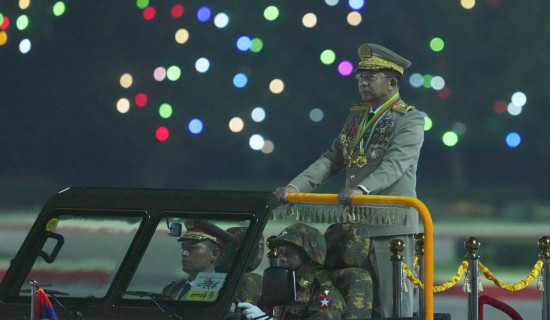- Thursday, 23 October 2025
Waste burning worsening Valley's air quality
By Prajwal Khanal,Kathmandu, Feb. 8: The sight of a clear sky has become somewhat of an urban legend in Kathmandu. For residents, the idea of looking up and seeing a clear sky, free from the heavy smog, seems increasingly rare. Today, the only way many can experience a breath of fresh air is by travelling to the outskirts of the valley, where the hills offer a brief relief from the haze that blankets the valley.
The situation takes a worse turn, particularly during the winter months when the Kathmandu Valley experiences a phenomenon known as "temperature inversion." During this period, cold air gets trapped near the ground, preventing the dispersion of harmful pollutants such as vehicle emissions, industrial smoke and dust. This leads to a dangerous accumulation of pollutants in the air, causing pollution levels to rise. The inversion effect, combined with the Valley’s bowl-like geography, furthers the issue, trapping the smog in a way that worsens the air quality.
While the causes of air pollution in Kathmandu are well-known, chiefly the emissions from old vehicles and industrial activity, environmental expert Madhukar Upadhya points to another contributing factor: the widespread practice of burning garbage. "It has almost become a culture in Kathmandu," he says, emphasising how this illegal activity continues despite the rules against it.
Upadhya stresses that while people may focus on keeping their homes clean, the toxic fumes from burning waste are significantly escalating air pollution. "A clean house is no achievement when the air around us is toxic," he stated.
The lack of rainfall during the winter months also plays a critical role. The Valley remains dry, with almost no moisture in the air, which leads to an increase in wildfires on nearby hills, one of the prominent sources of pollution in Kathmandu. The combination of these factors creates an environment where the air is not only toxic but hazardous to health.
Moreover, Upadhya expresses concern about the lack of effective action taken by the authorities to address this issue. He calls for a comprehensive and achievable plan that could address the root causes of air pollution in the city, emphasising the need for real change to improve the living conditions for the people of Kathmandu.
For long-time resident Maiya Basnet, 50, the transformation of Kathmandu's air quality is heartbreaking. She fondly remembers a time when the skies were always clear, and stars were visible every night. "Back then, seeing the stars wasn't a big deal," she recalls. "Now, it takes a special day to even catch a glimpse of them." She adds with a touch of humor, "Forget the stars, it's hard to see a few metres ahead in certain areas of Kathmandu."
As Kathmandu struggles with its worsening air quality, it is clear that a solution must be found. Cities like London have already implemented successful strategies, such as creating "low emission zones" to restrict the entry of older, more polluting vehicles and imposing congestion charges to encourage the use of public transport and carpooling. The promotion of electric vehicles through tax incentives and the expansion of green spaces to absorb pollutants have also played a crucial role in improving air quality. These measures could serve as a model for Kathmandu to follow in its battle against air pollution.
If the current trend continues, it may not be long before people in Kathmandu will no longer recognise each other by their faces but by the colour of their facial masks. The time to act is now before the city’s air quality becomes too toxic to ignore.



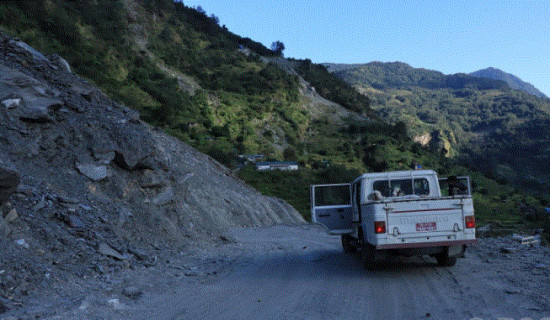
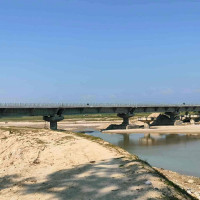
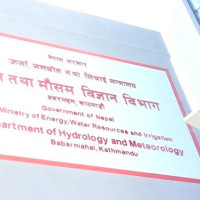
-original-thumb.jpg)





